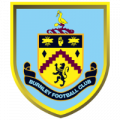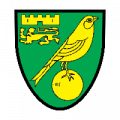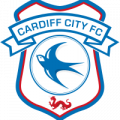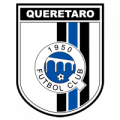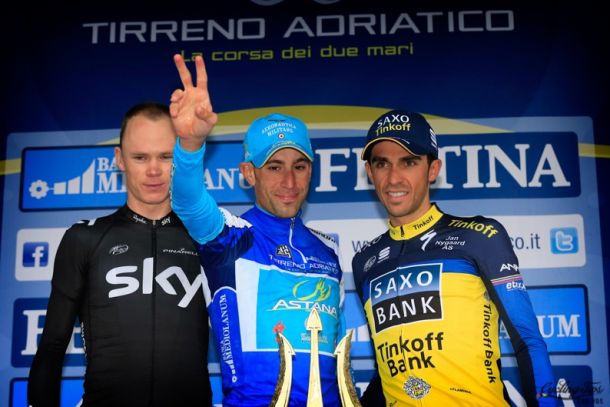Stage Seventeen: Saint-Gaudens – Saint-Lary Pla d’Adet 124.5km
This may be the shortest road stage but it will also be one of the most testing days of the 2014 race. The road gradually goes uphill right from the start but the real climbing begins 50km into the stage with the Col du Portillon (8.3km at 7.5%). That opening 50km is likely to be covered at speed, as many riders will be keen to make the break today and any team that misses the moves will give chase, so it’s quite possible that the break doesn’t truly become established until the peloton reaches the Col du Portillon itself. The riders will spend the rest of the stage either going uphill or downhill, with little flat to be found. They must traverse the Col de Peyresourde (13.2km at 7%) and the Col de Val Louron-Azet (7.4km at 8.3%) before reaching the final climb of the day, the Montée de Saint-Lary Pla d’Adet.
The final climb is 10.2km long with an average gradient of 8.3%, but the chief difficulty comes in the first few kilometres where there are sections exceeding 10%, and ramps of up to 12%. The first 7km of the climb has an average gradient of 9.5% and any ambitious riders must use this section to attack as the climb is easiest at the top. If a small group of favourites should arrive at the top together it plays into the hands of the fast finishing Alejandro Valverde, who can outsprint the others on a shallow gradient.
Riders to Watch: Alberto Contador – Tinkoff-Saxo
2013 was a year to forget for two time Tour de France champion Alberto Contador; his first full season after serving a suspension started decently but he was complaining of fatigue by the start of April and never recovered. As a result Contador changed up his training, recovery and race programs for 2014, in an effort to keep himself fresher throughout the season, and so far it has worked. He has finished 1st or 2nd overall in every race he has entered in 2014, claiming victory in Tirreno-Adriatico and the Vuelta Ciclista al Pais Vasco; showing a willingness to attack throughout.
On the fifth stage of Tirreno-Adriatico Contador ripped up the usual script; rather than saving himself for the final climb, Contador attacked the favourites on the Passo Lanciano with more than 35km remaining on the stage. Contador dropped all of his rivals before descending aggressively to join the breakaway group. He then broke costless from them on the steep Muro di Guardiagrele, claiming a magnificent stage victory and effectively winning the race.
Contador remains a terrific racer, a rider who always seems alive to the opportunity to attack, seeking to identify weaknesses in his rivals and exploit any advantage he can find. During the Critérium du Dauphiné it was all Contador could do to stay on the wheel of Chris Froome as the Team Sky rider launched a series of strong attacks on the first summit finish of the race. However three days later it was Contador who turned the screw, breaking out of the peloton on the penultimate climb and stretching his lead on the descent. It came to naught as the Sky led peloton caught him after the final climb, but it hadn’t been easy for them and Froome had looked uncomfortable in pursuit.
If the GC remains close at this point then Contador will have to use stages seventeen and eighteen to attack Froome in an attempt to gain a large enough advantage to survive the time trial on stage twenty. Given the aggressive manner in which he has approached this season, Contador is likely to do just that, using either the Col de Val Louron-Azet or the lower slopes of Pla d’Adet to take the race to Team Sky.
Stage Eighteen: Pau – Hautacam 145.5km
This is the final mountain stage of the race and the last opportunity for riders to gain time ahead of the penultimate stage time trial, or make up for time lost on previous stages, so we should expect fireworks. The first half of the stage is hilly but not overly difficult, once the break goes clear there should be a period of calm before the storm, a storm that should arrive upon the legendary slopes of the Col du Tourmalet.
The Col du Tourmalet measures in at 17.1km with an average gradient of 7.3%, but that is a little misleading as after a relatively easy beginning to the climb, the gradient rises to a relatively constant 8.4% for the final 11km of the climb. The Tourmalet could easily be the launch pad for attacks from riders desperate to get back into the overall classification, or to salvage their race with a stage win, and a good descender could make full use of the hair-raising descent to carry a sizeable advantage into the last summit finish of the race, the Montée du Hautacam (13.6% at 7.8%).
Where the Tourmalet has a very difficult but relatively constant gradient, Hautacam is a more typical Pyrenean climb with fluctuating gradients throughout and ramps in the 10-11% range. The second half of the climb is the most difficult, with an average gradient of 9.2% over the final 6.6km, setting up an explosive finish to the final mountain stage of the 101st Tour de France.
Rider to Watch: Vincenzo Nibali – Astana
Vincenzo Nibali’s victory at the 2013 Giro d’Italia was every bit as comprehensive as Chris Froome’s was at the 2013 Tour de France. Strong in the mountains throughout, Nibali got better as the race went on, culminating in a memorable victory in the snow atop the Tre Cime de Lavaredo. If the summit finish on stage nineteen had not been cancelled due to the terrible weather, his margin of victory would have been greater.
Nibali is a superb climber and one of the very best bike handlers in the peloton, which lets him really attack a descent. During his Giro victory Nibali was superb against the clock, however the two time trial stages were favourable for him, one loaded with small hills and short twisting descents, the other a mountain time trial; it’s the flatter courses where he is less adept and he will expect to lose out to Froome on stage twenty.
Nibali finished third in the 2012 Tour de France behind Bradley Wiggins and Chris Froome, took a strong step forward to win the 2013 Giro, and was expected to enter the 2014 as one of the favourites to win the 2014 Tour de France. However this season hasn’t exactly gone to plan. A crash in Argentina when he opened his campaign at the Tour de San Luis, followed by the birth of his first child in February, ensured that his early season plans were disrupted. Since then Nibali has found himself lagging behind Froome and Contador, though his recent victory in the Italian National Championship is a promising sign.
Stage Eighteen is the final chance for the GC contenders to improve their standing ahead of the time trial. If GC riders such as Rui Costa, Tejay van Garderen, Bauke Mollema, Jurgen Van den Broeck and Romain Bardet, or the stage hunting Joaquim Rodriguez find their Tour de France fortunes resting upon this stage, then they must seriously consider an attack on the Tourmalet. Similarly if Nibali continues to struggle against Froome and Contador, then a madcap descent of the Tourmalet may be the final card he can play.


